Shade-tolerant indoor flowers, names and photos, their types and advantages
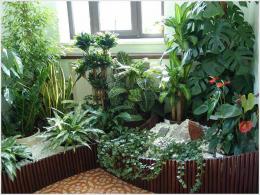
Different types of plants have location and lighting requirements. Some species, in the absence of light, refuse to bloom or lose their attractiveness. Shade-tolerant indoor flowers are plants that thrive in poor light. This is a good solution for interiors that are located on the north side and do not require active access to the sun.
Content:
- Benefits of shade-loving plants
- Decorative foliage indoor crops
- Palm trees and large trees that are unpretentious to lighting
- Flowering shade-loving plants
- Climbing representatives of shade-tolerant plants
Benefits of shade-loving plants
Among modern flower growers there are many lovers shade-loving crops And this is not surprising - these can decorate any interior, even a shaded one. They are easy to care for and thrive in low light conditions.
You need to understand that without sunlight, not a single green plant can grow. However, intensity requirements may vary.
There are special lux meters for measuring illumination. Shade-tolerant indoor flowers and plants thrive at levels from 500 to 1000 lux; ordinary crops require 10,000 lux.
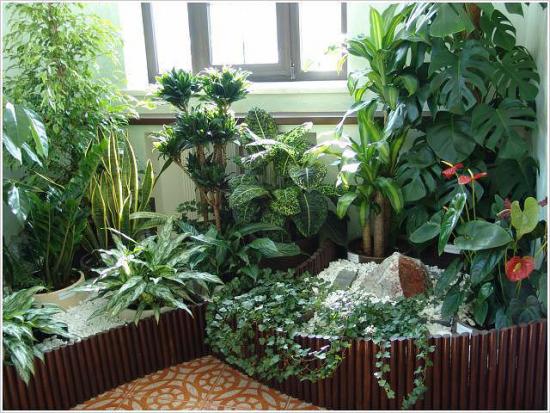
A simpler way to determine the degree of illumination is the distance from the window sills.Shade-tolerant flowers can be found at a distance of 2 m from northern and 3 m from southern and eastern windows.
Thanks to shadow tolerance, it is now possible to place green accents in the following locations:
- remote corners of living rooms, halls
- shaded bedrooms
- work offices
- bathrooms
The opinion that shade-loving crops are unattractive is incorrect. This group includes a huge number of flowers with a variety of colors, leaf shapes and textures.
Decorative deciduous indoor plants that prefer shade
Graceful foliage plants are an excellent decoration for any corner of the home. Shade-tolerant indoor flowers, the photos and names of which are familiar to many, are actually diverse. Among them there is a large selection of specimens with different shapes and shades of leaves. Keep in mind that the lighter the green, the more light the flower will need.
Mother-in-law's tongue
This representative of the flora is called Sansevieria, popularly known as “mother-in-law’s tongue.” It has gained popularity due to its unusual combinations of foliage colors.
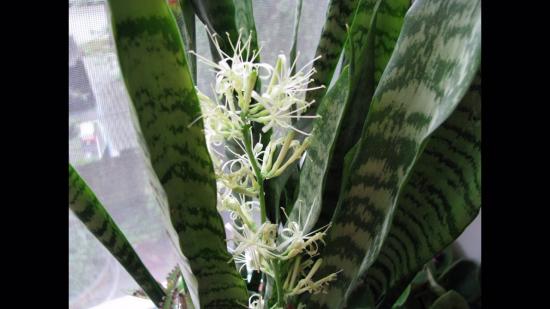
There are varieties with different leaf patterns. In dim light their contrast only increases. With proper care, mother-in-law's tongue blooms with white or light yellow inflorescences, shaped like candles.
Venus hair
Among lovers of shadows are common ferns. Venus hair (or Adiantum) looks attractive and gentle. The flower reaches a height of 70 cm, has large scaly leaves with dark roots.
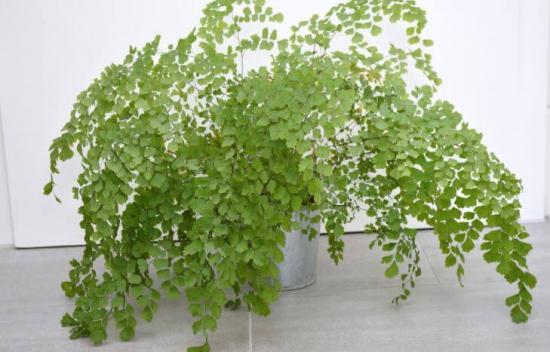
The size of each leaf is about 60x50 cm. The ideal location is northern window sills and partial shade. It should be protected from drafts and excess watering.
Nephrolepsis
Another colorful specimen ferns, which will enliven any interior.Its advantage is the ability to grow in artificial light.

Unpretentious to living conditions. Loves high humidity and spraying.
Money Tree
Popular indoor tree Crassula (money tree) tolerates shaded corners well. In its homeland in Madagascar, the flower is resistant to drought, cold and rain. Care at home is also not at all difficult.
Ficus
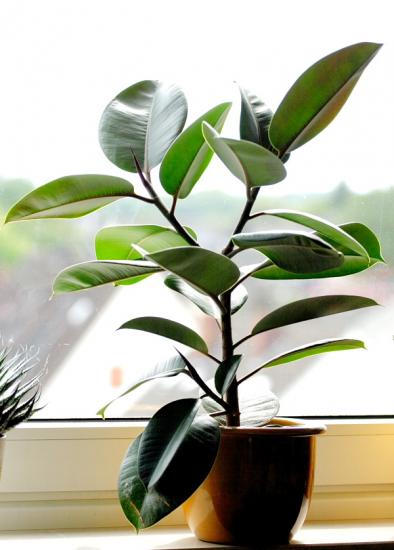
At home they often contain ficus. In fact, the choice of plants with this name is quite diverse. The flower perfectly cleanses and refreshes the air in the room. Bright sunlight is contraindicated for him. Loves moderate watering and high humidity.
Palm trees and large trees that are unpretentious to lighting
Large spreading representatives of indoor flora are very convenient for decorating large houses and premises. Their unpretentiousness to lighting allows them to be placed in any corner of the room, not just near the window. The darker the color of the leaves, the fewer complaints about light. To make the flower arrangement complete, large trees or palm trees are often combined with miniature specimens.
dragon tree
Dragon tree (dracaena) is a large tree-like plant with contrasting narrow foliage. There are several varieties of dracaenas, which vary in size. Their height ranges from 0.7 to 3 m.
The dragon tree looks very exotic thanks to its lush crown. Outwardly it resembles a palm tree. Under natural conditions it can reach a height of 10 m.
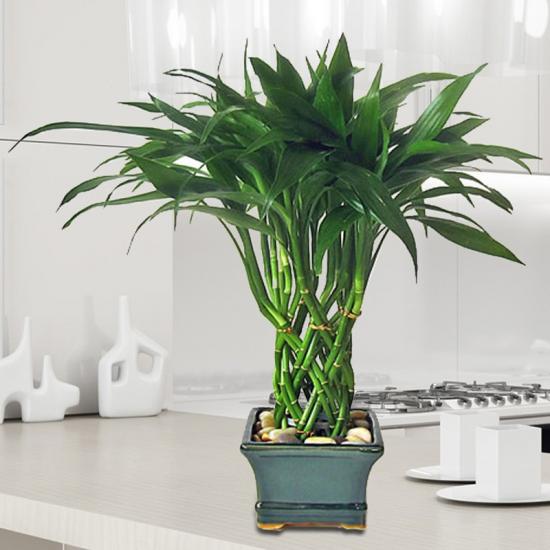
Feels great both in partial shade and in the light. It prefers spraying with water at room temperature, but does not like excess water at the roots.
Monstera
It belongs to two groups at once - large-sized and lianas.It has large carved foliage with variegated colors. The size of each leaf is about 30 cm in length. It is considered one of the most exquisite vines that are kept indoors.
Monstera can be an excellent decoration for both a public place and a private home. Grows up to several meters in height. In this case, the aerial roots will need support.

Liana does not tolerate bright sun and drafts. Wiping and spraying of the leaves, as well as high-quality watering in the warm season, are encouraged.
Palm trees
Indoor rooms are very popular now palm trees. Most species tolerate moderate light, moist air and generous watering.
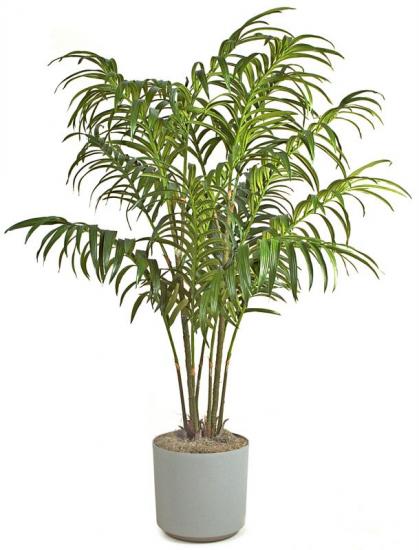
A striking representative of the shade-loving species is the Hamedorea bamboo palm. It is characterized by its small size and unpretentiousness to light and temperature. In order for the palm tree to show itself in all its glory, it is advisable to periodically give it a shower. The plant should be protected from sunlight.
Rapis fan palms, which reach a height of 2 m, are also popular. Howea Fostera is common among flower growers as indoor specimens. She is not fussy about care and growing conditions. Resistant to many pests.
Flowering shade-loving plants
Not all shade-loving plants can boast of prolific flowering. However, there are specimens that bloom well in low light conditions.
Anthurium
This plant can hardly be called unpretentious. However, it can grow in the shade from spring to mid-autumn. In the cold season, the flower requires diffused light. Anthurium loved for its beautiful blooms. It is a frequent resident of many houses and apartments. There are specimens with flowers of various shades - green, red, pink, blue or white.Anthurium will bloom from mid-April to August.
In the warm season, the plant needs intensive watering. When cold weather arrives, you will have to protect it from drafts and provide cool, moist air.
Begonia
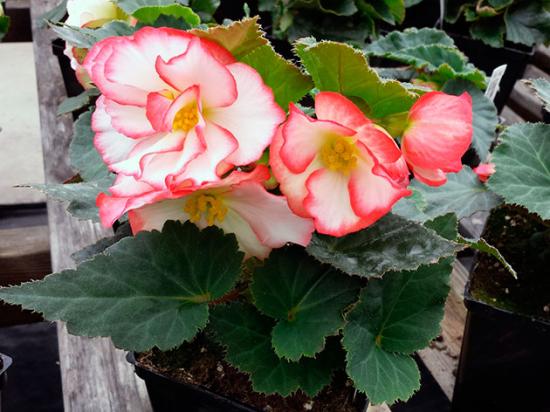
Begonia It has very colorful bright blooms. At the same time, it feels great without excess light. Can revive any room and interior. A bonus will be unpretentiousness to external conditions. Blooms unhindered on the north side.
Clivia
Clivia is famous for its umbrella-like flowers. Without light at all he feels uncomfortable. Ideal conditions for it are partial shade. If you want to keep this flower, provide it with timely watering and fertile soil.
In order for clivia to please its owner with flowers, some effort will have to be made. To do this, in winter, the flowerpot is moved to a cold room with a temperature of less than 12 C. During this period, the intensity of watering is reduced and fertilizing is stopped.
In the warm season, you should avoid moving and replanting. There is no need to keep the roots in water.
Calathea
Shade-loving representatives include Calathea Saffron. This type of indoor flowers is very popular due to the unusual variegated colors of the leaves. The pattern can have different shades, patterns in the form of dashes or specks.
Direct sunlight is harmful to such representatives of the flora. Requires partial shade for good growth. In the warm season, diffused light is suitable. Excessive sun deficiency is harmful.
Climbing representatives of shade-tolerant
Climbing flowers perfectly complement and decorate the interior. They can instantly transform a room and make it more elegant and cozy.
Ivy
Ivy - indoor climbing flower, with leaves shaped like stars. Very popular among flora connoisseurs. It grows very quickly and increases in length. Using a support, you can give the plant any shape. Now there are types of different sizes. It is advisable to choose a place for the flower right away; ivy does not like rearrangements.
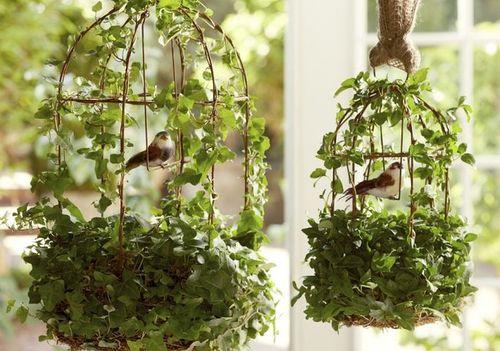
Scindapsus
Scindapsus has oval leaves with white and yellow streaks. The plant feels good in apartment conditions and is prone to rapid growth. To prevent the flower from losing its splendor, experts recommend periodic pruning. Scindapsus prefers partial shade.
The higher the air humidity, the better for the flower. Frequent heavy spraying is encouraged.
Tradescantia
Tradescantia - a creeping representative of herbaceous plants. The leaves are shaped like an ellipse or an egg. Tradescantia blooms with white axillary flowers. It can be placed on mezzanines, a closet or in a hanging flowerpot. The flower is completely unpretentious in care.
When composing a composition of shade-tolerant flowers, it is worth considering that they may have less saturated colors. As a rule, their leaves are darker and have less contrast. However, this does not prevent florists from creating beautiful green designs.
When decorating the interior with such crops, they focus on beautiful unusual shapes, a successful combination and arrangement of different representatives of the flora.
Once again about what living conditions shade-tolerant indoor flowers prefer - in the video:


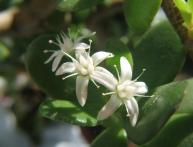
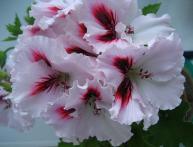
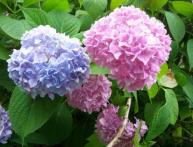
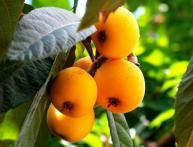

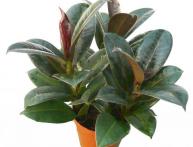
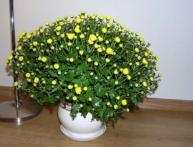
Comments
I have a dimly lit free space in the room, but not all shade-tolerant plants grow well there. I tried to grow selaginella, but it did not take root due to the dry and too warm air in the room.
Indoor plants, basically, all grow in the shade, and if the plant does not disappear during the season, then it is shade-loving. We have Dracaena and several varieties of ficus growing near our northwest-facing window. Ficus with large leaves recently began to disappear.